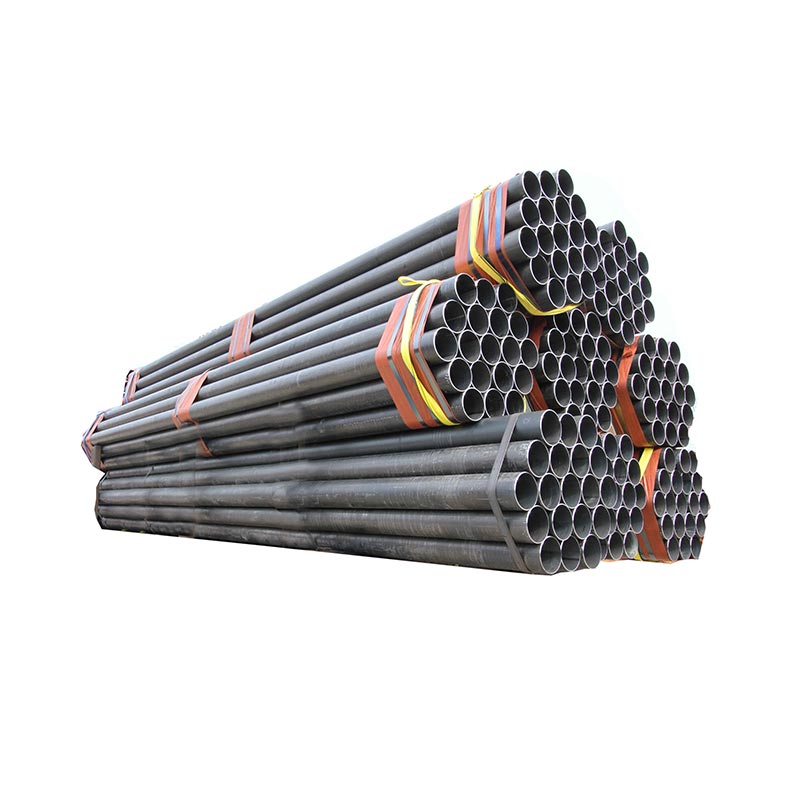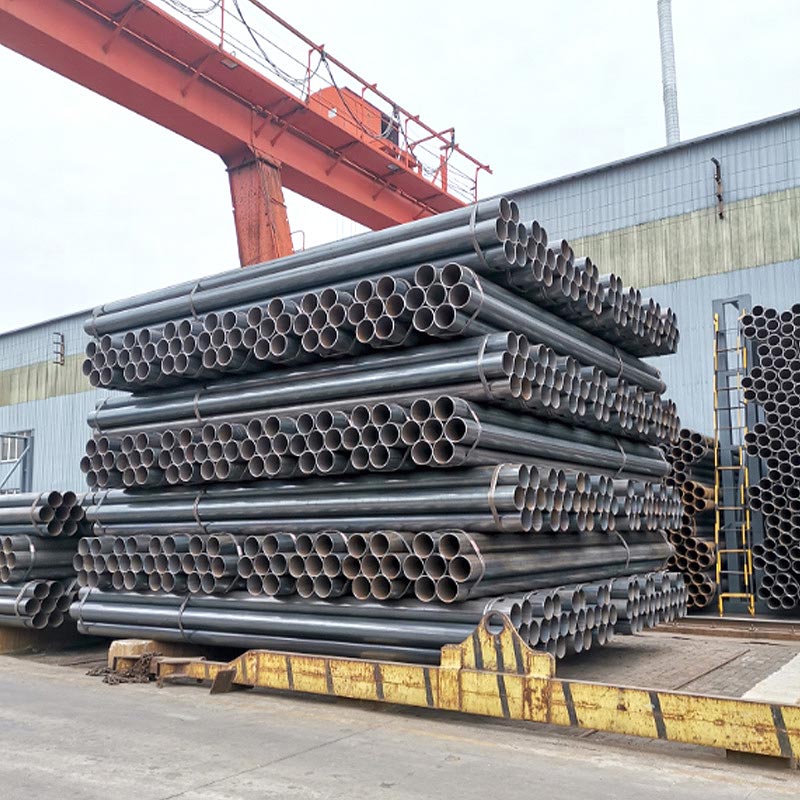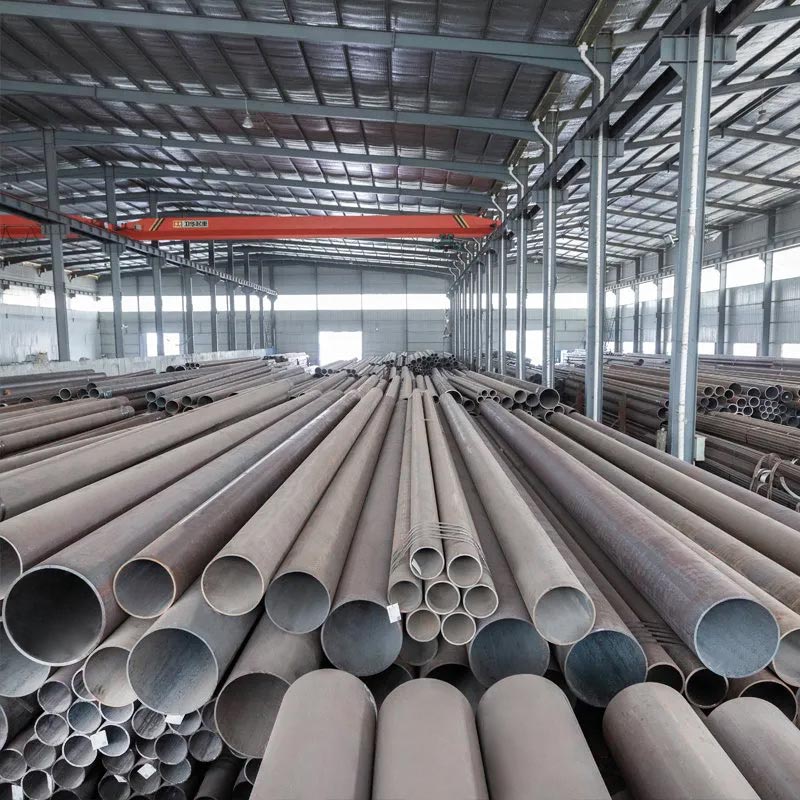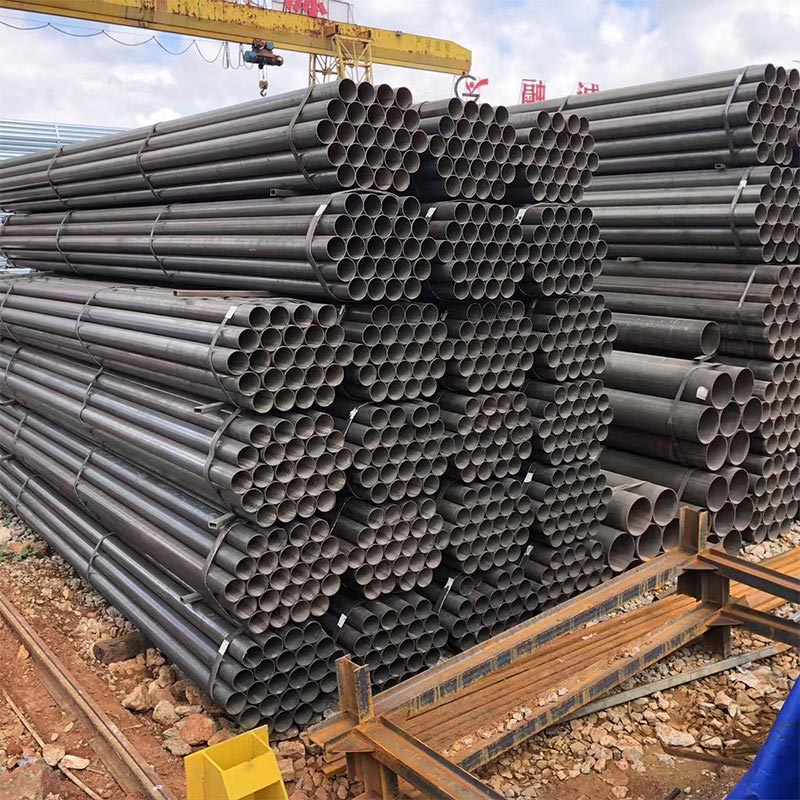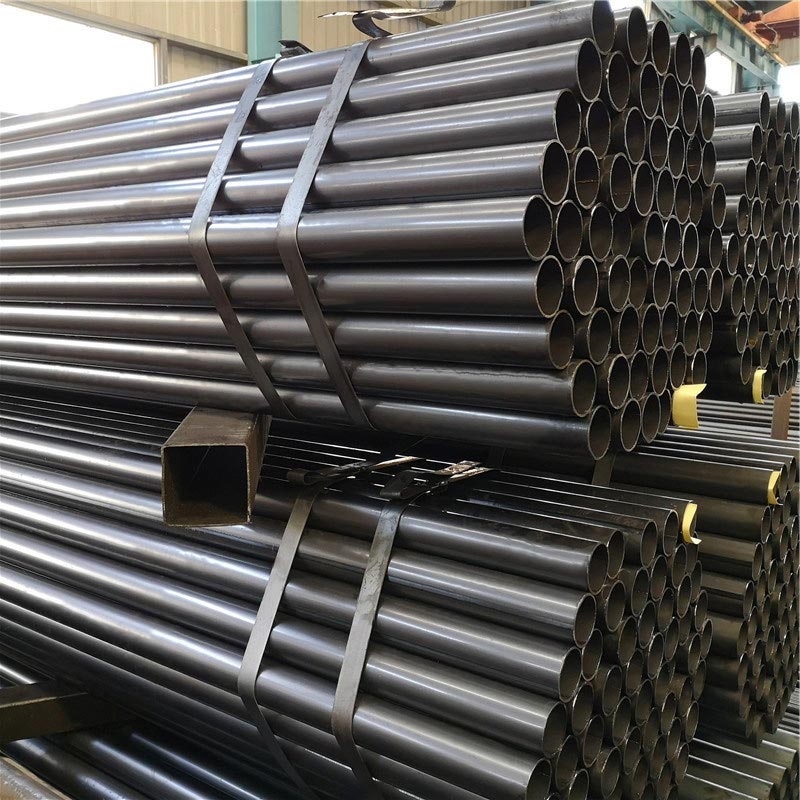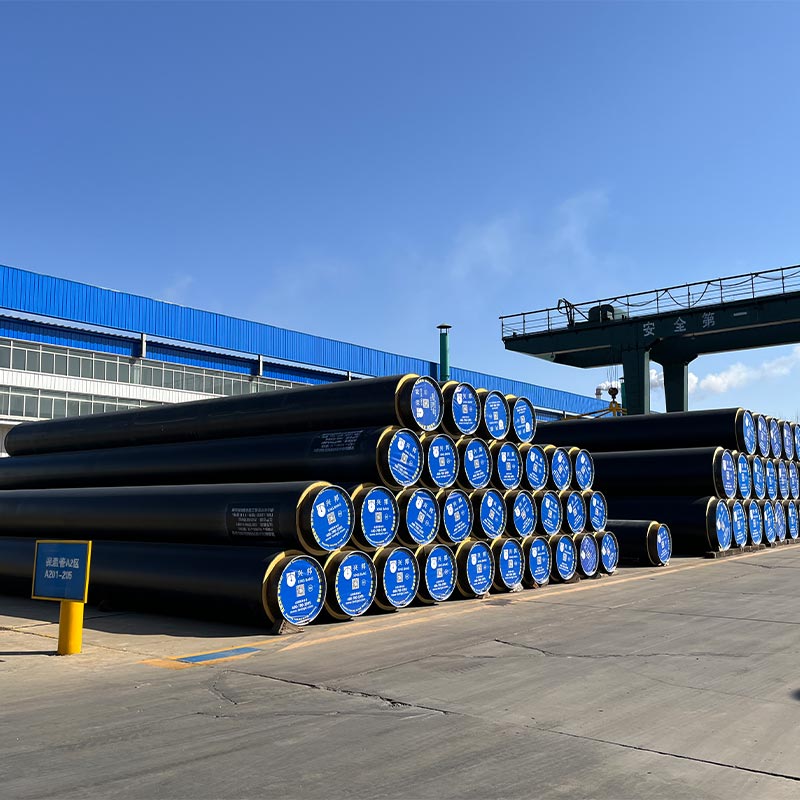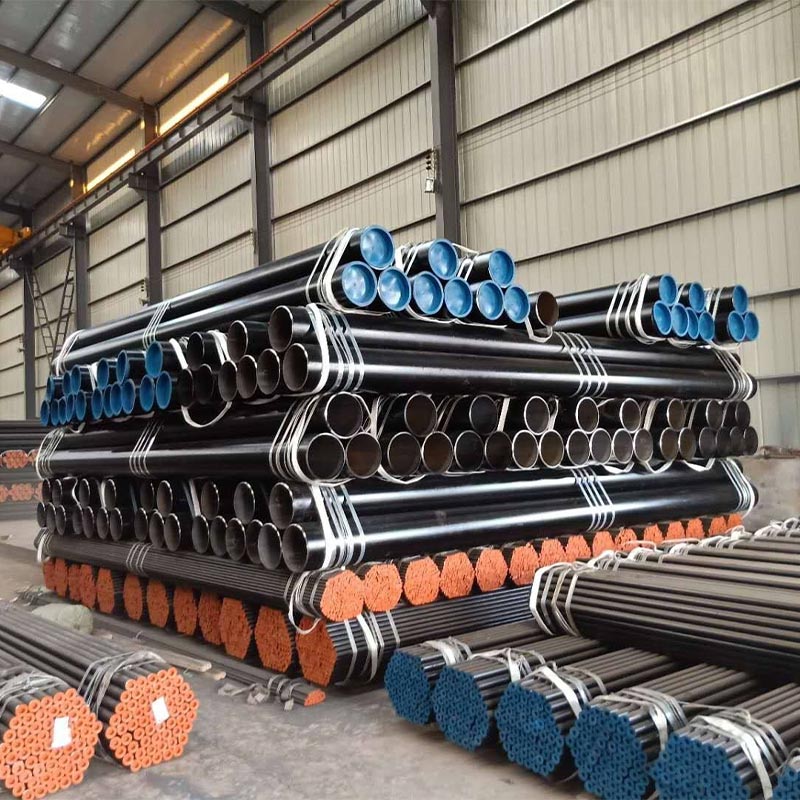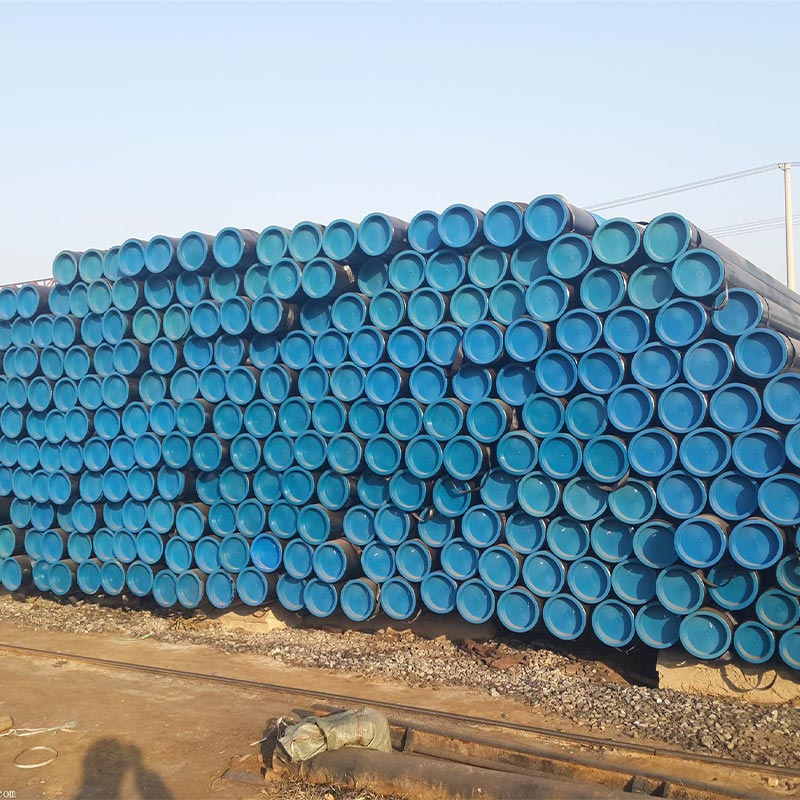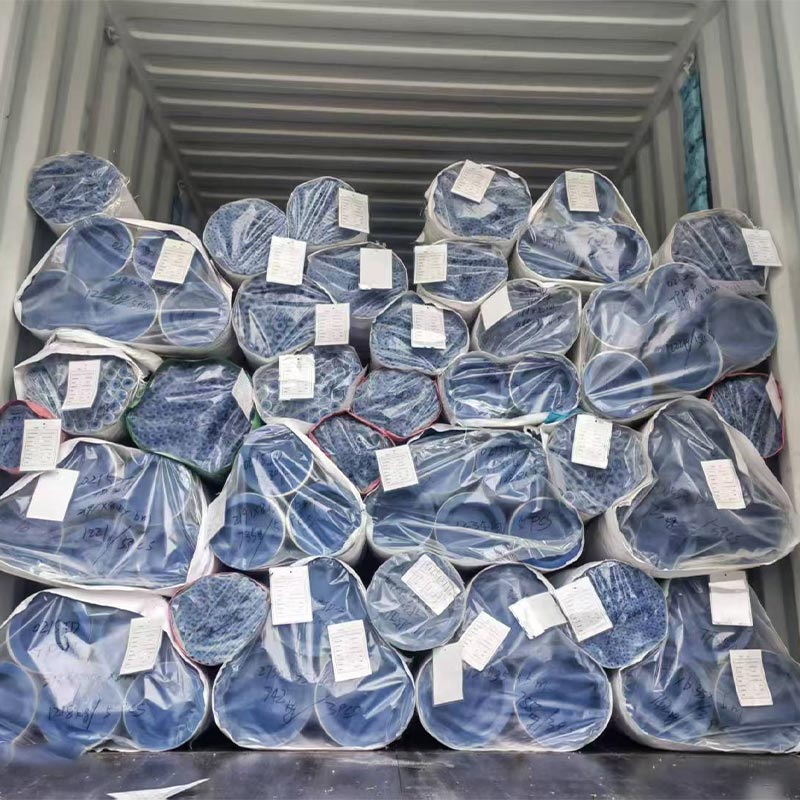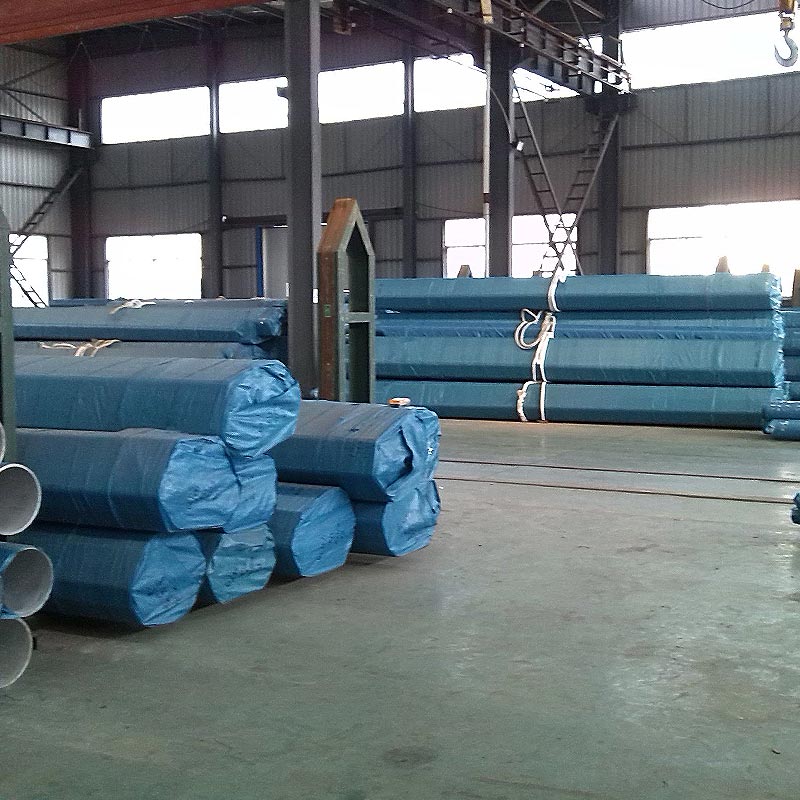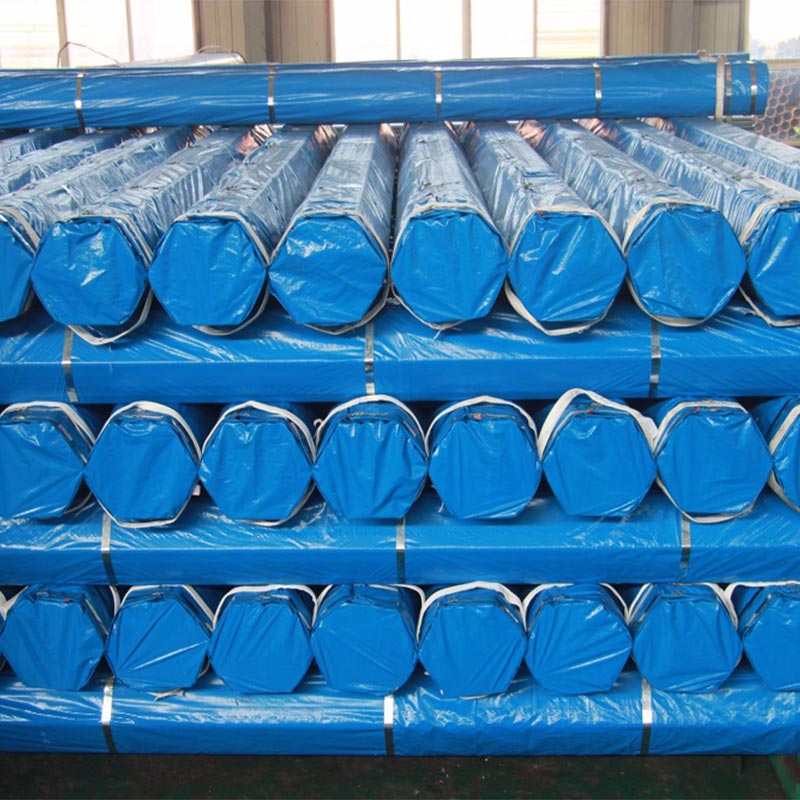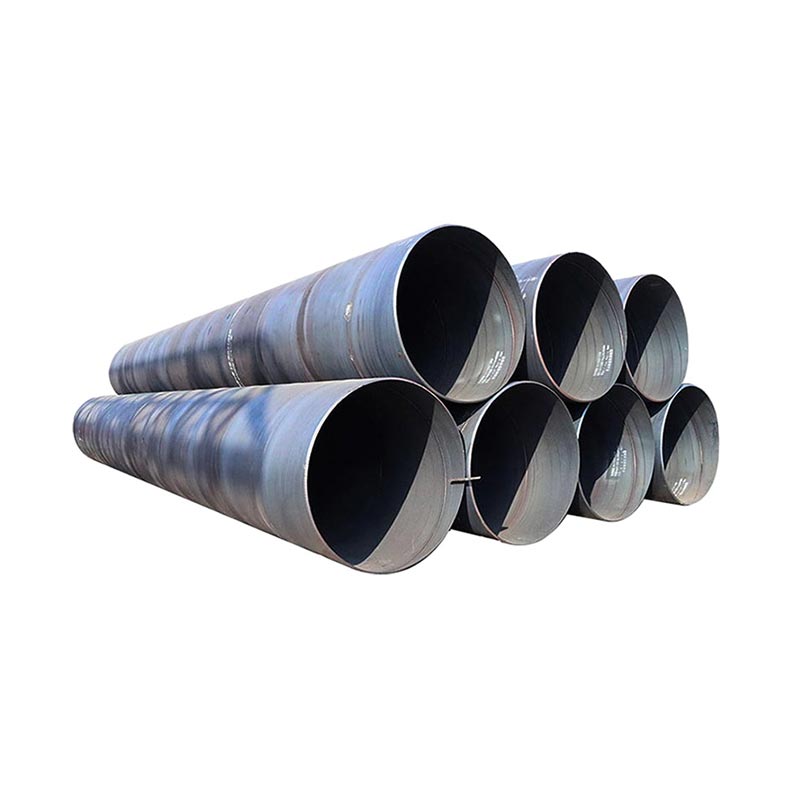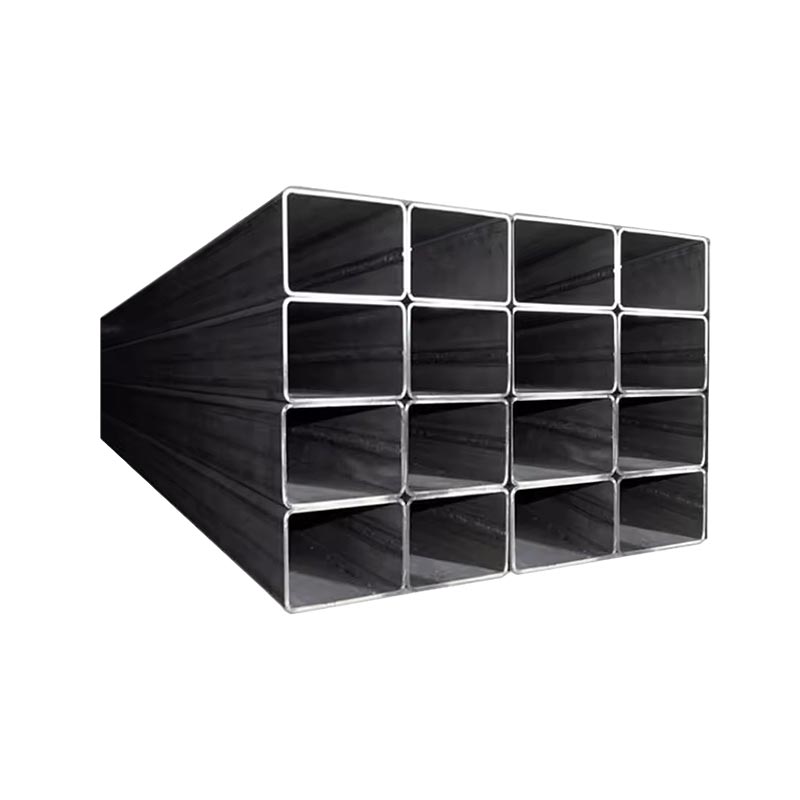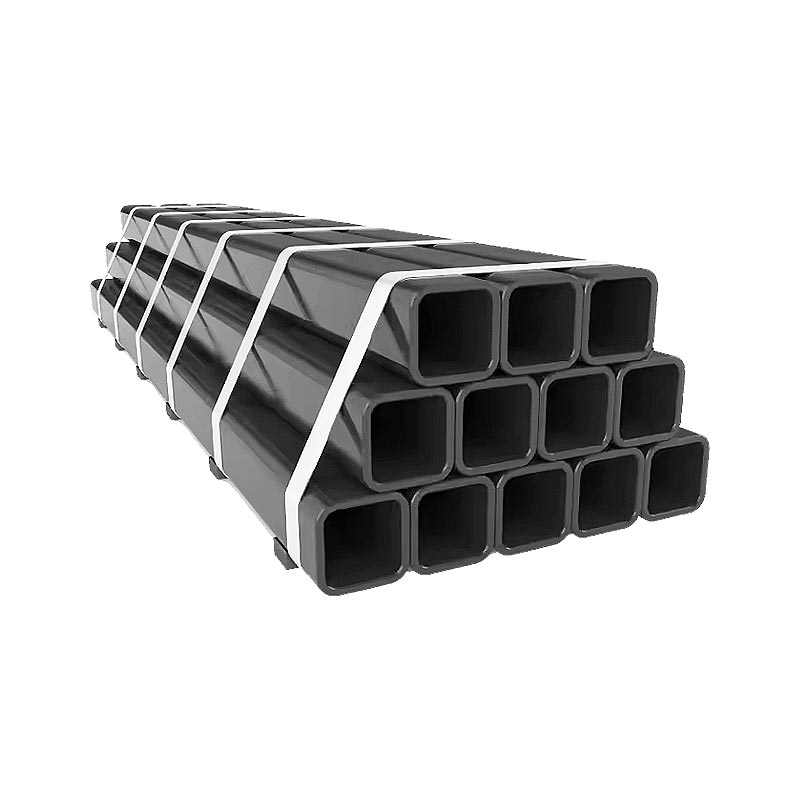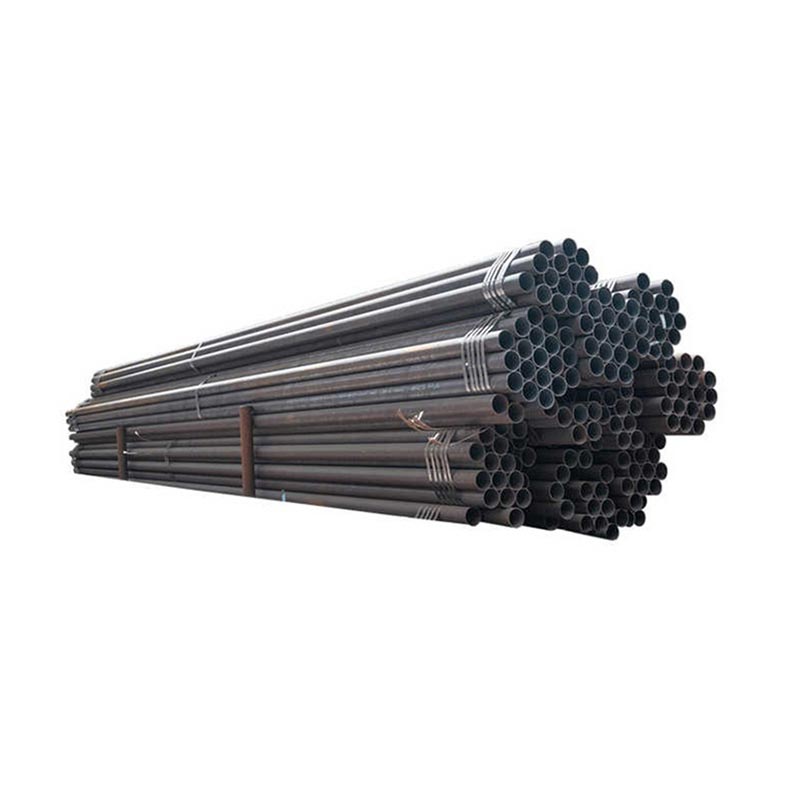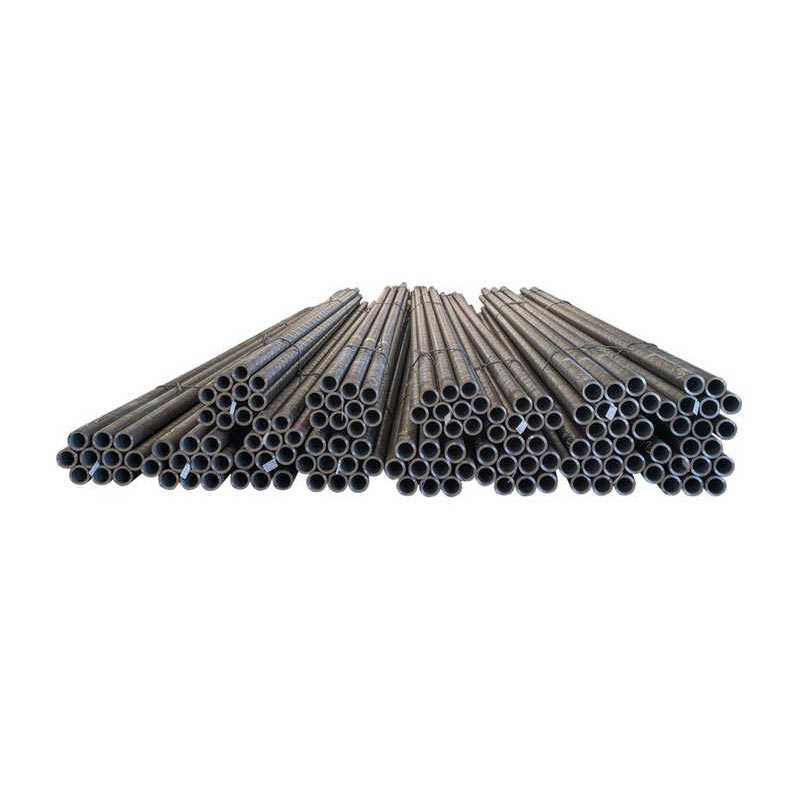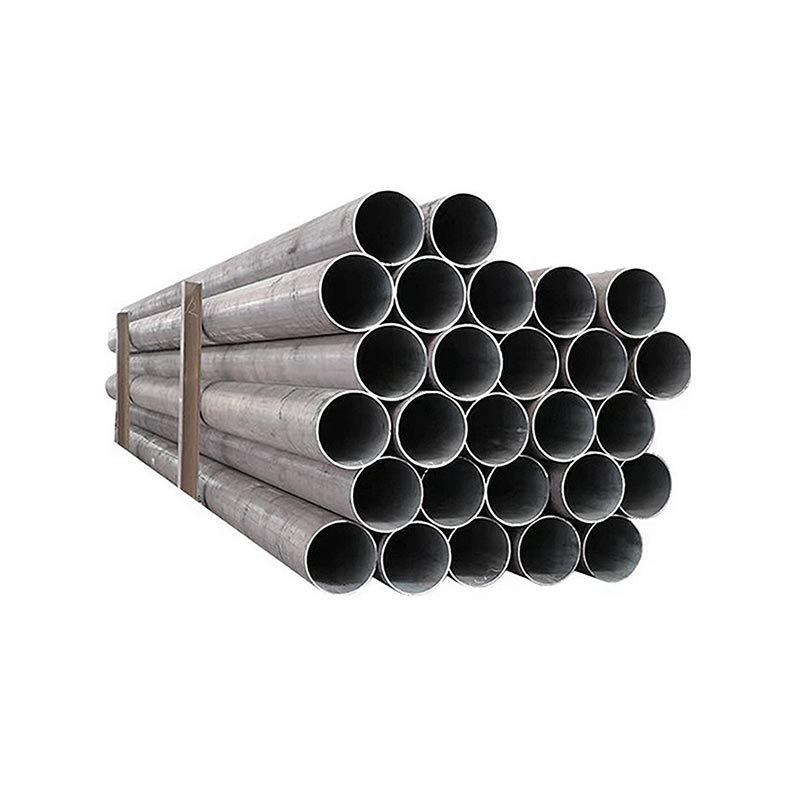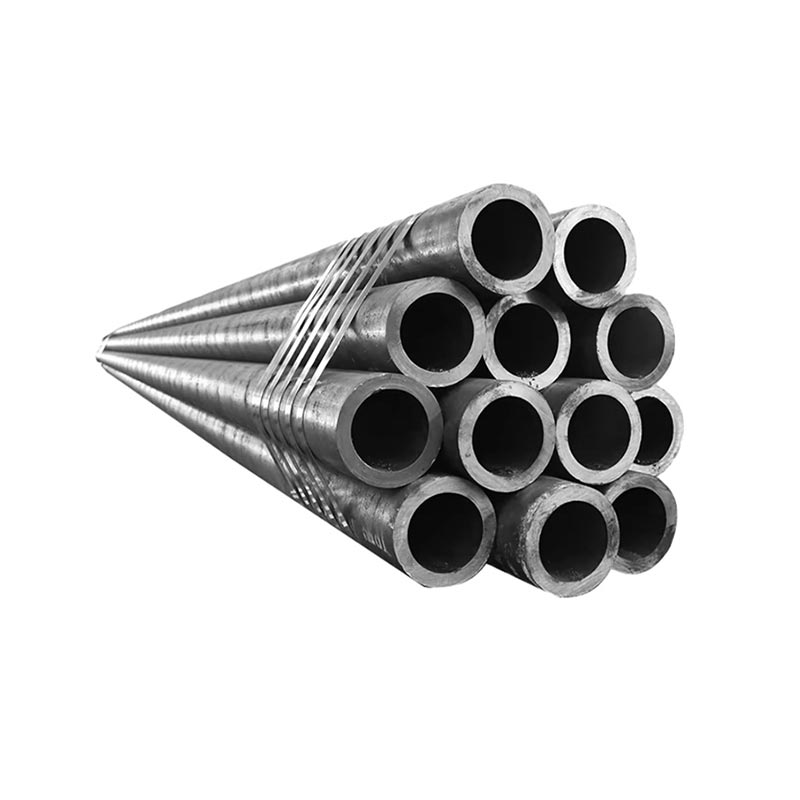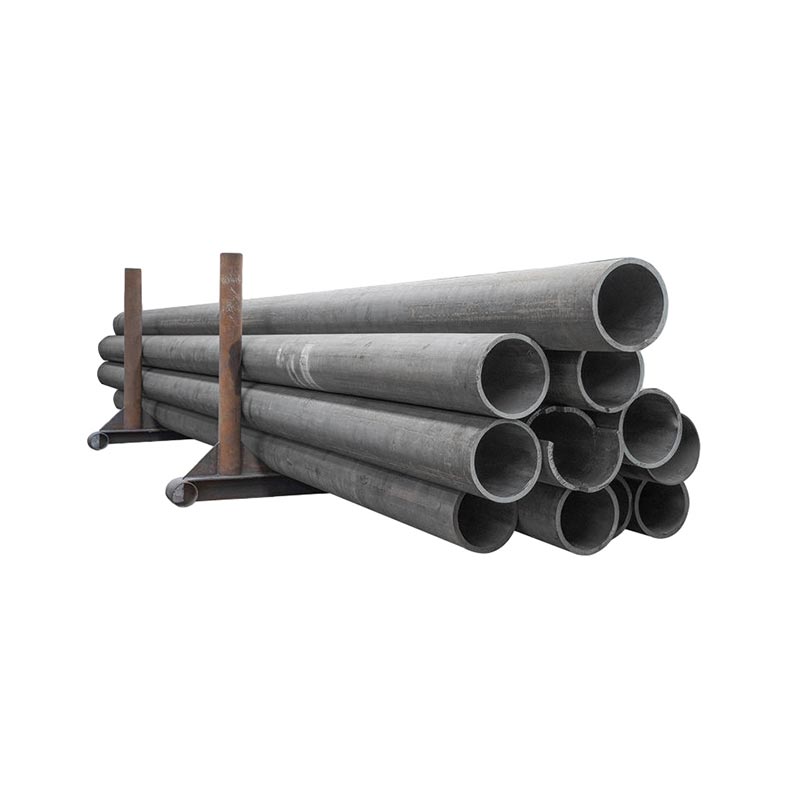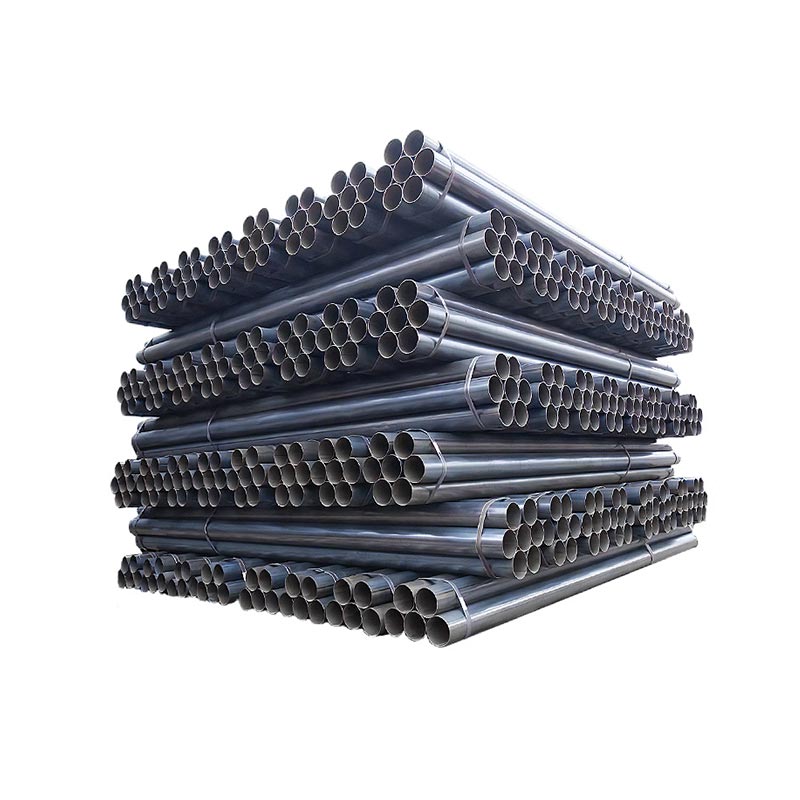Carbon Steel Pipe
● A carbon steel pipe is a cylindrical tube made from carbon steel, an alloy of iron and carbon with trace elements. Classified by carbon content (low, medium, high), it balances strength, durability, and cost-effectiveness.
● Low-carbon pipes (e.g., A53) excel in weldability and ductility, used for water, gas, or structural applications. Medium-carbon types offer higher strength, suited for industrial pipelines. High-carbon variants, though harder, are less common due to reduced flexibility.
● Widely used in construction, oil/gas, and manufacturing, these pipes come in various sizes and wall thicknesses, with seamless or welded designs, serving fluid transport and structural roles.
View Video
A106 Carbon Steel Seamless Pipe
A106 carbon steel seamless pipe is an ASTM-standard material widely used in high-pressure, high-temperature applications. Available in grades A, B, and C (with increasing tensile strength), it features excellent weldability and formability. Made via seamless manufacturing, it ensures uniform strength and reliability, ideal for conveying steam, oil, gas, or water in power plants, refineries, and industrial systems. Its ability to withstand elevated temperatures and pressure makes it a staple in critical piping infrastructure.
Get A Quick Quote!
You Can Leave Us A Message
or Send Us An Email!
Product Details
Product Parameters
Packaging and Transportation
Related Products
Leave Us Message
Please give us a message
What are you lookking for?

